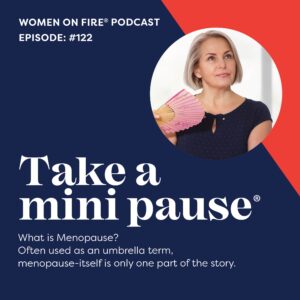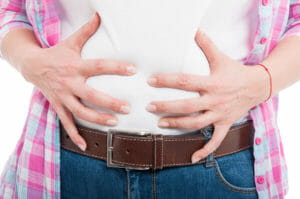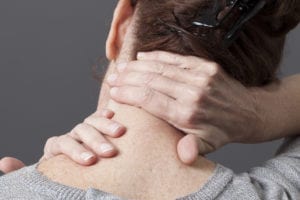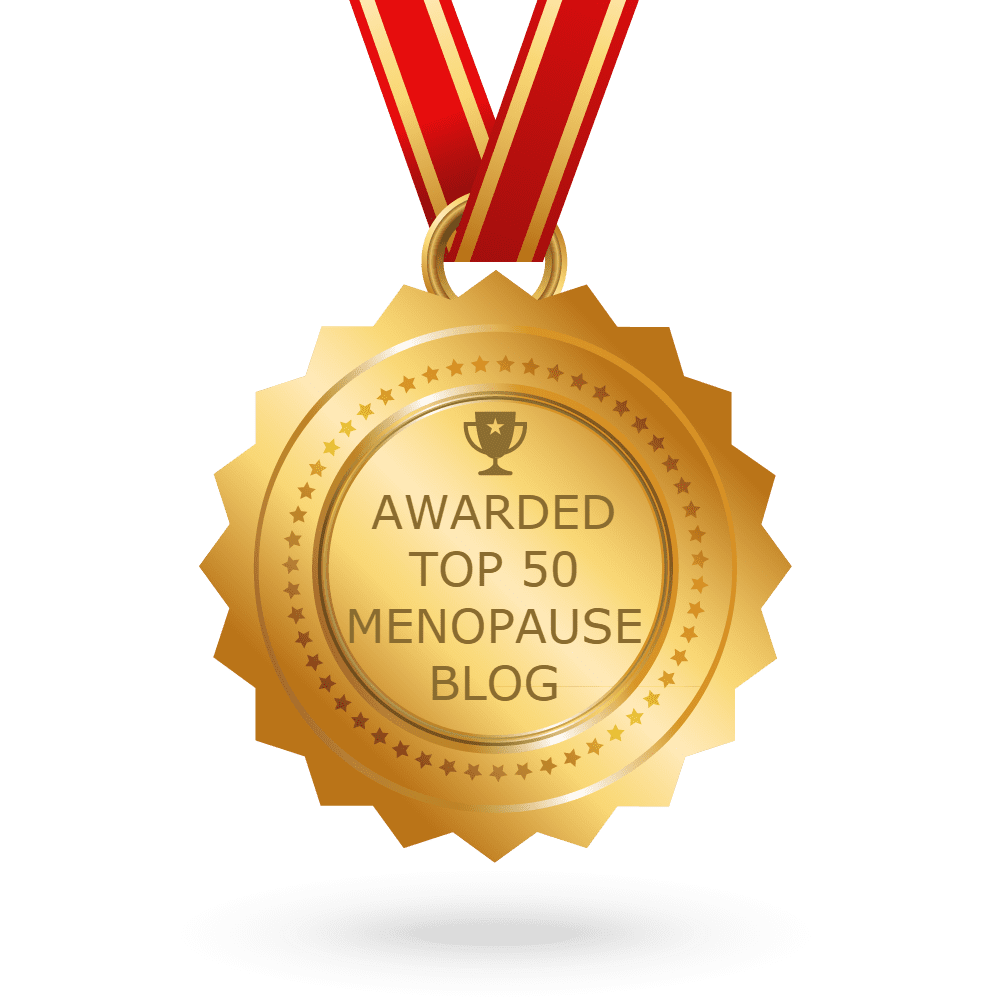Most Popular Posts

What is Menopause?
Often used as an umbrella term, menopause-itself is only one part of the story.

The History (and Stigma) Of Menopause
Let’s look at the history (and stigma) of menopause. Have you noticed how often the word is swept under the carpet? It’s a pretty ugly word – the Chinese term ‘Second Spring’ is so much nicer! Whatever you think of

Tomatoes and Menopause: The Perfect Pairing
Did you know? Tomatoes are one of your BFF’s when it comes to menopause. Yes, it’s true. Science says so, therefore it must be true, right? It’s the lycopene in tomatoes You’ve probably heard that tomatoes contain a substance called

The Happy Hormones Bath
It’s bath time! Splish splash. Stress + bath = de-stress = equals happy hormones. When it’s the cooler season indulging in a soak in a warm bath is not only therapeutic, it’s a sleep enhancer and feel-good exercise too. Add

Why Do Anxiety & Depression Happen At Menopause? Learn What You Can Do
We asked biochemist, Peter Lehrke, for the lowdown on anxiety and why it’s such a prevalent ‘thing’ during the meno years. The psychological signs of menopause It seems the main physical signs of menopause such as hot flushes, sweats, irregular

7 Easy Ways To Conquer Bloating During Menopause
Bloating during menopause. Grooooaaaaan. When we reach the menopausal years so many things seem to physically change don’t they? All in all, it can be a bit of a minefield to navigate! One of the common complaints we hear from

What Happens to Your Body During Menopause?
When we published 3 Signs That Point To You Being In Perimenopause, so many people read it we realised you’re starved of information. We get it. We totally do, and I definitely do, because that’s where I was. These days,

Hot Flushes: Discover The How, The Why and 6 Easy Ways To Manage Them
When you think menopause, do you also think hot flushes? Most people do! While the signs of menopause go well beyond out of control body temperature, if you’re experiencing hot flushes, summer is the time of the year when they

How Will Post-Menopause Change My Life?
How will post-menopause change your life? We’re so glad you asked. Because post-menopause leads to several physiological changes and there are some health factors it’s smart to be mindful of. But first? The basics. What does post-menopause mean? Post-menopause is

True Story: The Pain Of Menopause Musculoskeletal Syndrome
Pain during menopause is one of the most unrecognised signs of the meno years. But, the good news is it’s now been identified as menopause musculoskeletal syndrome. Now that’s what we call moving forward because women will be able to

Lose Weight With the 80/20 Rule – 80% Food, 20% Movement
“I just have to look at food and I put on weight.” We hear this all the time! Indeed, we’ve learned that one of your biggest pain points on the menopausal journey is weight gain. In particular menopausal belly fat

How To Sleep Better: 7 Proven Tips For More Energy and Weight Loss In Midlife
Sleep can feel like the holy grail once you hit perimenopause. And if you don’t find ways to navigate the disruptions, sleep struggles can persist through menopause and even into post-menopause. The truth is, for some women, sleeplessness starts after menopause as





